In the past two days, three senior Defense Department officials have been suspended and one has resigned. Their departures are apparently connected to an internal investigation into “recent unauthorized disclosures of national security information.” On Tuesday, Dan Caldwell, who has been working closely with Defense Secretary Pete Hegseth, and Darin Selnick, the Defense Department’s deputy chief of staff, were escorted from their office by guards. Then, yesterday, Colin Carroll, chief of staff to Deputy Defense Secretary Stephen Feinberg, was ousted, too. John Ullyot, a top Pentagon spokesman, also announced he was resigning.
All four men are military veterans. Caldwell was also involved in the recent “Signalgate” story – as Hegseth’s nominated “principal,” he was on the groupchat about US air strikes on the Houthis, which was accidentally shared with the Atlantic’s editor-in-chief Jeffrey Goldberg.
Nobody was fired over “Signalgate” – at least not officially. But President Trump seems to have demanded that heads roll over a series of other sensitive leaks emanating from Hegseth’s department. These are said to include revelations of operational plans concerning the Panama Canal, information about the deployment of a second aircraft carrier to the Red Sea, Elon Musk’s visit to the Pentagon to discuss China and a pause in the collection of intelligence concerning the Ukraine war.
But it hasn’t taken long for insiders to join the dots between the clearout of Hegseth’s top team and recent internal struggles vis-à-vis Iran. There are widespread rumors of a clash within the administration over whether to support Israel’s plan to strike Iranian nuclear sites. A more ardently pro-Israel side including Secretary of State Marco Rubio, National Security Advisor Mike Waltz and General Michael E. Kurilla, the head of US Central Command, have all reportedly pushed for America to offer extensive operational support to the Israeli Air Force, perhaps even using the six B-2 stealth bombers that have been recently deployed to the US military base on Diego Garcia. With the White House’s authorization, Kurilla has also been moving US aircraft carriers into the Red Sea.
According to the New York Times, however, Donald Trump, who met Israeli Prime Minister Benjamin Netanyahu last week in Washington, “waved off” an Israeli proposal to set Iran’s nuclear ambitions back at least a year through a tactical bombing campaign. Trump instead chose to pursue a now-or-never diplomatic path, which is why Steve Witkoff, Trump’s Middle East envoy, has been in Oman talking to Abbas Araghchi, Iran’s foreign minister.
In his first term, Trump liked to play hawks and doves off against each other when it came to wars overseas. But he wants to be remembered as a “peace president.” Under Trump 2.0, the doves appear to have more clout. Senior figures understood to be urging restraint include Vice President J.D. Vance, Director of National Intelligence Tulsi Gabbard and Hegseth, three military veterans who are all wary of America being sucked into another protracted Middle East war. At a meeting to discuss the Israeli plan, Gabbard presented new intelligence that suggested the ramping up of America’s military assets in the region could trigger a complex war between the US and Iran.
Hegseth’s ambivalence about the bomb-Iran-agenda is perhaps the most surprising, given his ardent support for Israel in the past. His Christian faith is influenced by Calvinist reconstructionism, a Protestant movement which has some fairly fruity post-millennial ideas about End Times in the Holy Land. But he’s not a neoconservative in the mold of Waltz or Rubio, and his thinking is also understood to have been influenced by several “America First” realists in his circle. Caldwell in particular has attracted attention for his deep skepticism towards American entanglements in the Middle East. Could that have had anything to do with his abrupt removal? The next few weeks should tell us more.
What’s going on in the Pentagon?
Insiders have joined the dots between a clear-out of Hegseth’s top team and internal struggles vis-à-vis Iran

In the past two days, three senior Defense Department officials have been suspended and one has resigned. Their departures are apparently connected to an internal investigation into “recent unauthorized disclosures of national security information.” On Tuesday, Dan Caldwell, who has been working closely with Defense Secretary Pete Hegseth, and Darin Selnick, the Defense Department’s deputy chief of staff, were escorted from their office by guards. Then, yesterday, Colin Carroll, chief of staff to Deputy Defense Secretary Stephen Feinberg, was ousted, too. John Ullyot, a top Pentagon spokesman, also announced he was resigning.All four men are…










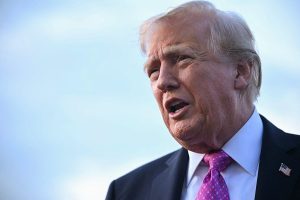

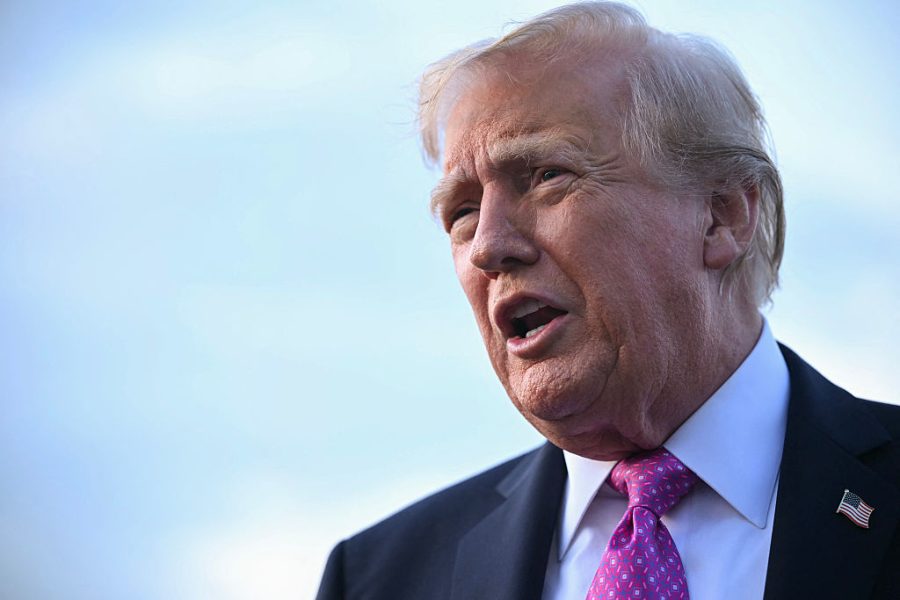


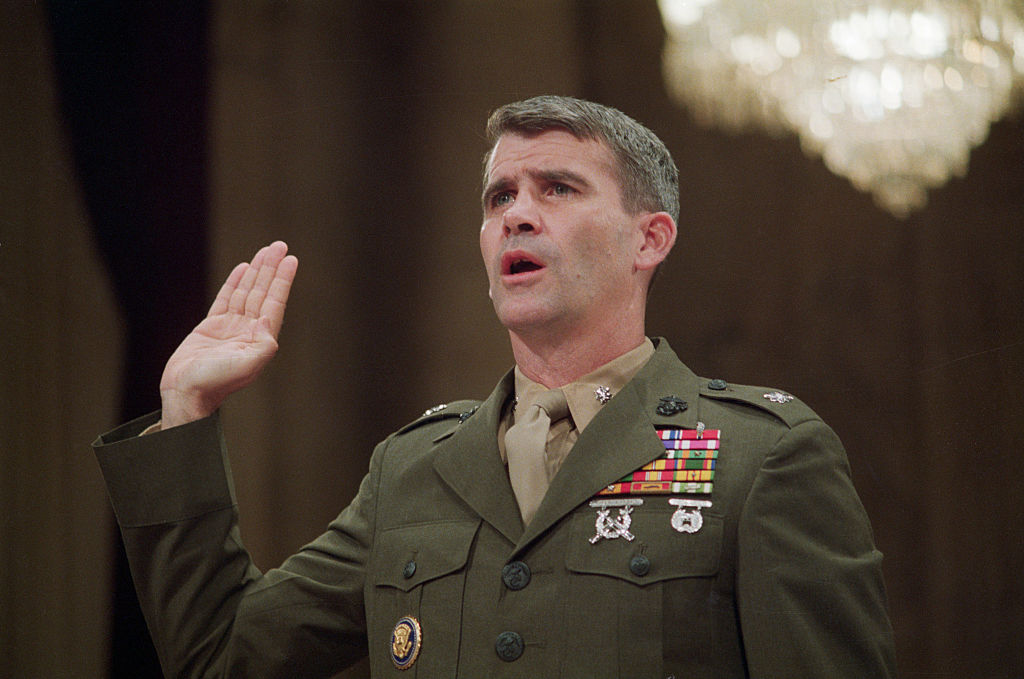

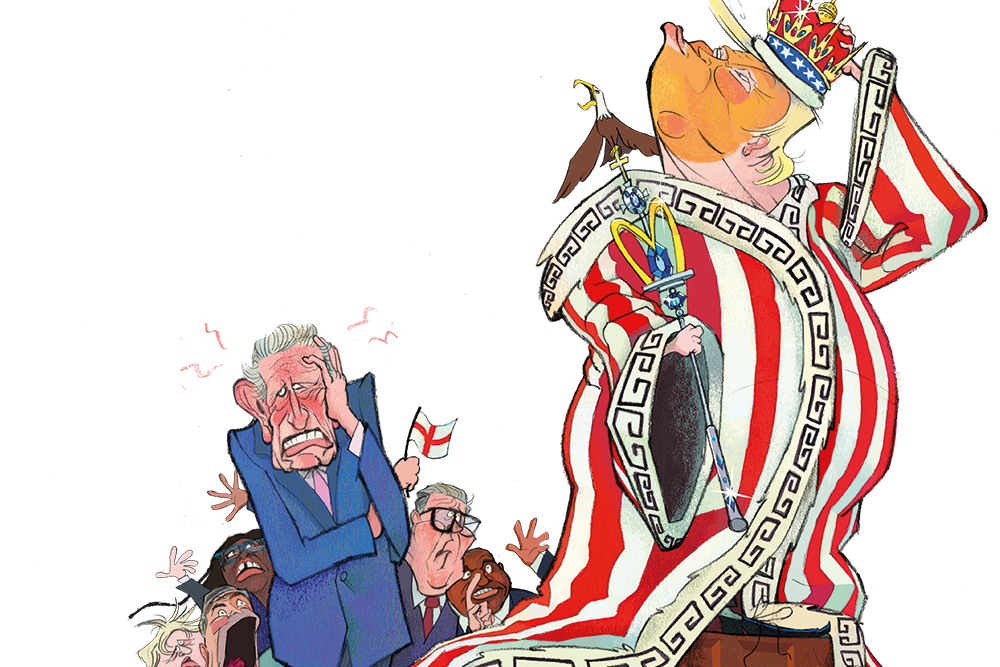

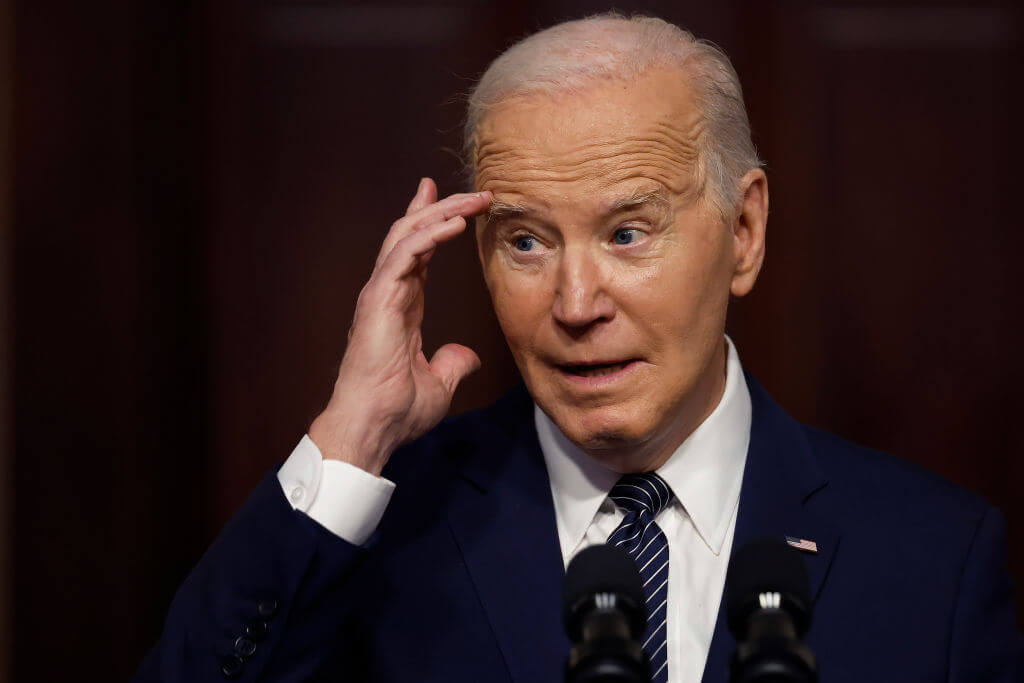



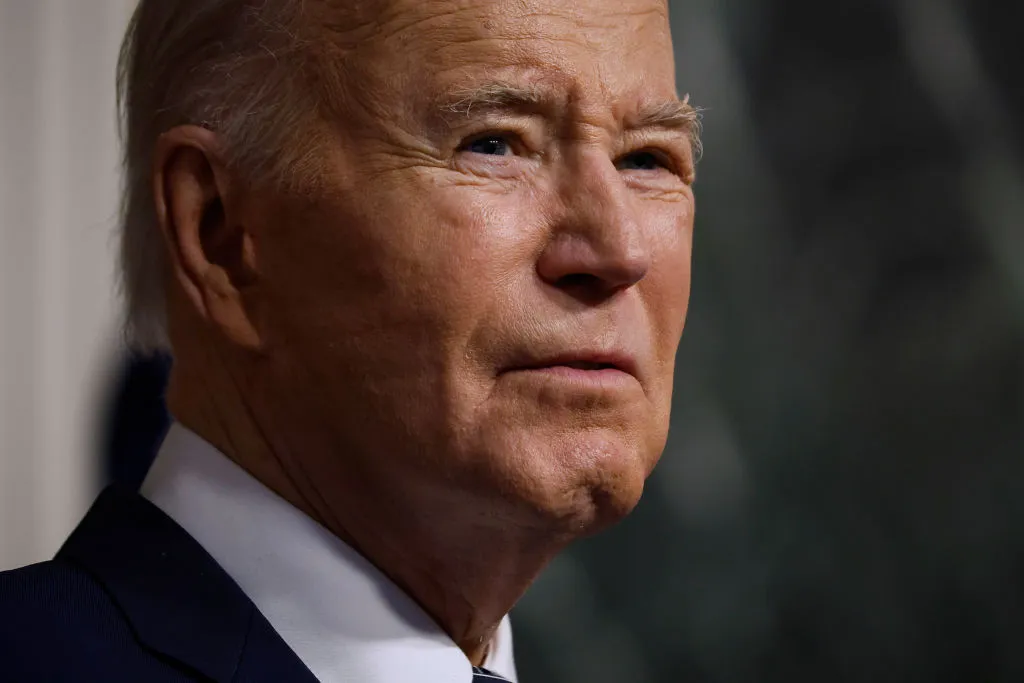

Leave a Reply